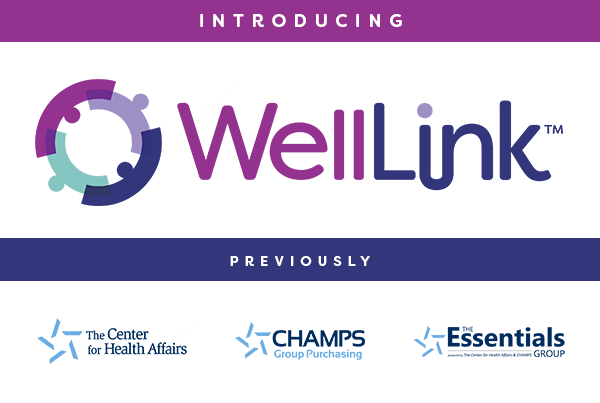At the Center of the Budget Debate: What Are Enhanced Premium Tax Credits?

Health insurance in the United States can be costly, and for more than a decade the Affordable Care Act (ACA) has offered financial help to make marketplace coverage more affordable. A key part of that assistance is the premium tax credit, which lowers the monthly cost of insurance for people who qualify based on their income.
In 2021, those credits were temporarily expanded making coverage even more affordable for millions of people. These enhanced subsidies are now scheduled to expire at the end of 2025. With enrollment season approaching and debate underway in Washington, here’s a primer on what the enhanced credits are, who benefits from them, and what could happen if they go away.
What Are Premium Tax Credits?
Under the ACA, people who buy insurance on the federal or state marketplaces can qualify for tax credits that reduce their monthly premiums. The size of the credit depends on two main factors:
- Income level relative to the federal poverty line.
- Cost of benchmark insurance plans in their area.
Before 2021, only households with incomes up to 400% of the federal poverty level, which is about $120,000 for a family of four in 2025, were eligible. The credits were also structured so that enrollees often still had to pay a sizable share of their income toward premiums.
What Changed With the Enhanced Credits?
The American Rescue Plan of 2021 significantly boosted these subsidies in a couple of ways. It eliminated the upper income cap, allowing people making above 400% of the poverty line to still qualify for help if their premiums exceed 8.5% of household income. It also allows bigger credits at lower incomes. For those already eligible, the enhanced formula reduced the percentage of income expected to go toward premiums, meaning lower out-of-pocket costs.
The result was striking: millions of people paid far less each month for coverage, and many new enrollees came into the marketplace for the first time. The Inflation Reduction Act of 2022 extended these enhancements through 2025, but without new legislation, they will expire in December.
What is the Impact of the Enhanced Credits?
The impact of the enhanced credits is widespread. Since the credits were expanded, enrollment in the marketplace has more than doubled from about 11 million to over 24 million people, the vast majority of whom receive an enhanced premium tax credit. These subsidies especially benefit people with the lowest incomes, increasing enrollment among people with incomes below 250% of poverty from 8.2 million in 2021 to 15.9 million in 2024.
In 2023, enhanced subsidies provided 15 million people with an average of $800 in annual premium savings. In 2023 and 2024, 80 percent of marketplace enrollees could find a plan for $10 or less per month on HealthCare.gov, the federal marketplace that operates in 31 states (19 states and the District of Columbia run their own marketplaces). In 2020, before the tax credits were increased, only 36% of premium tax credit-eligible enrollees could find such a plan. Across all income groups, projections of annual household spending on premiums and out-of-pocket costs fell in 2025.
What Happens If They Expire?
If the enhanced credits sunset at the end of 2025, the subsidy formula reverts to pre-2021 rules. That means:
- Middle-income families lose eligibility. Households above 400% of poverty would no longer receive help, even if premiums are a heavy burden.
- Higher costs for lower-income enrollees. People still eligible would pay a higher share of their income toward premiums.
- Potential coverage losses. Analysts project that several million people could drop coverage due to affordability concerns.
- Market ripple effects. If healthier individuals leave the marketplaces, the risk pool worsens, potentially raising premiums further for those who remain.
Without congressional action to extend the enhanced credits, net premium costs for eligible enrollees will spike by 25% to 100% and 4 million people would likely become uninsured. The Congressional Budget Office projects that marketplace enrollment would drop from an estimated 22.8 million in 2025 to 18.9 million in 2026, and fall as low as 15.4 million in 2030.
The Bigger Picture
Enhanced premium tax credits were designed as a temporary response to rising health costs during the pandemic. But they came to demonstrate that with the extra help, marketplace enrollment reached record highs and affordability improved for many families. The future of these credits, whether they are extended, modified, or allowed to expire, will directly affect millions of households and the stability of the ACA marketplaces.
For now, the key takeaway is this: the enhanced subsidies, which WellLink supports, are set to end after 2025 unless Congress acts. Consumers, insurers, and policymakers alike are watching closely, knowing the decision will shape both healthcare affordability and coverage rates in the years ahead.

